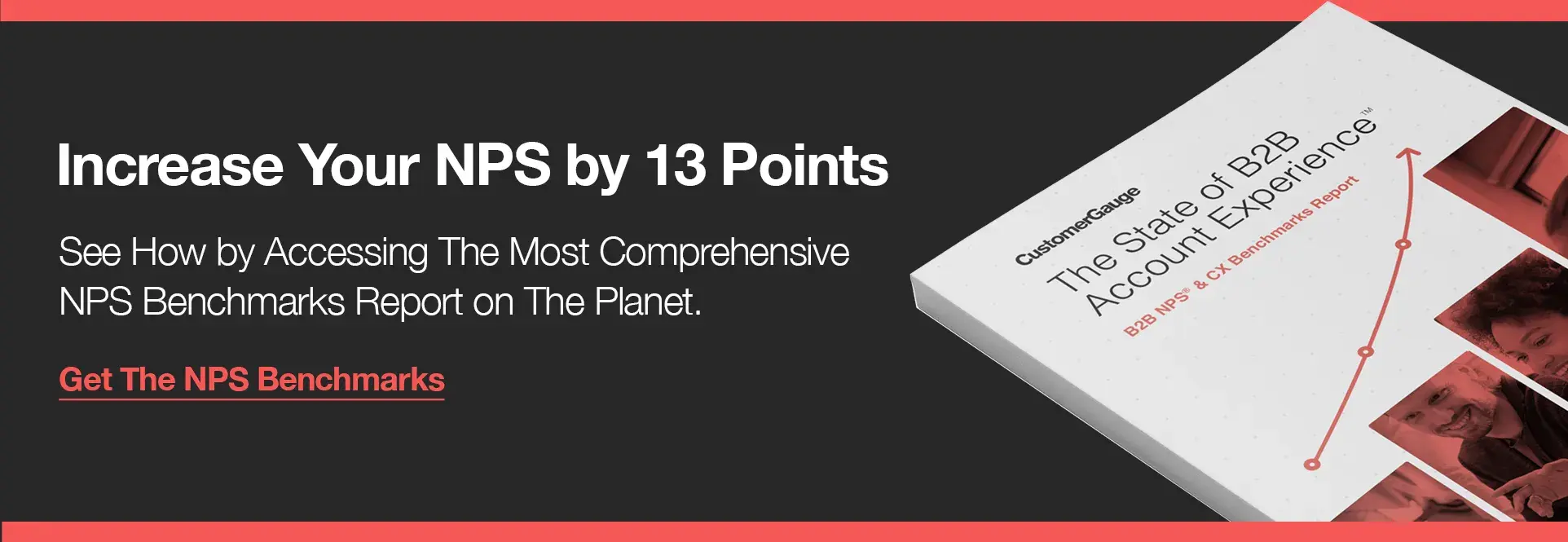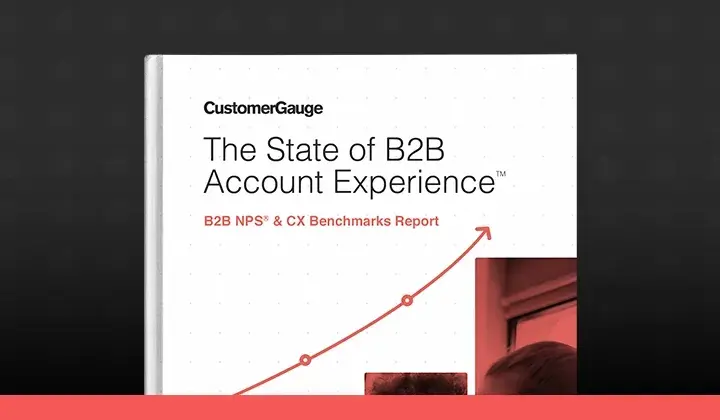CustomerGauge is very happy to share that this week we have CCXP Ian Golding as our blog guest.
Ian advises leading companies on customer experience strategies and measurement, improvement, and employee advocacy techniques.
He has worked across various industries including retail, financial services, and telecoms, accumulating a robust knowledge of best customer experience practices.
We caught up with Ian to discuss a popular topic in the CX world — customer feedback. While it is great to see that more and more companies launch customer feedback programs, many are still falling into various pitfalls.

What are the most common customer feedback mistakes you have come across?
1. Forgetting customer feedback is a touchpoint in the customer journey
“Too many organizations are failing to recognize that the act of capturing customer feedback is actually a touchpoint on the customer journey—as a result, the way the ‘process’ is designed and implemented, rarely takes into account the actual experience of giving feedback. For example, too many online businesses implement automated feedback mechanisms that ‘pop up’ asking for feedback, often before the customer has even done anything. “ - Ian Golding
Imagine the following scenario: You and your friends go to a fancy lounge bar, order the cocktail specials and sit comfortably to enjoy each other’s company. While you are waiting to be served, you log in to the bar’s free WiFi and immediately get a pop-up saying:
“Based on your experience, how likely are you on a scale of 0 to 10 to recommend this hotel to your friends and colleagues?”
What experience? You just arrived at the place, still waiting to be served, and form an opinion about your experience.
As Ian Golding points out, too many companies do not realize that customer feedback is an additional touchpoint on the overall customer journey. Asking your customers about the likelihood of recommending you at the beginning of their journey with your brand will likely give you low response rates.
Alternatively, in order to make your “pop-up” disappear and access the free internet you provide, customers will most likely give any score they first see. Therefore, you might end up having unreliable data and insights to act upon. Implementing a Net Promoter Score (NPS) system requires partnering with specialists, who understand how to obtain the best results for your company.
Here’s another example of how not to ask for customer feedback. In his blog, Ian Golding often shares his personal interactions with brands and the various ways they fail to satisfy customers. In the example below, Ian shares his experience of trying to complete a customer survey for Sky TV. Sky, like any other organization around the world, relies on the feedback of its customers to know what works and what does not work in the customer journey.
In this example, however, the company has failed to show it listens to its customers, instead focusing on statistical significance.
Receiving a message like this one would be particularly disappointing for customers, eager to share their insights with a brand and help it improve the services it offers.
2. Not following up
“It is almost impossible to name an organization that tells its customers what it does with the feedback it captures — businesses cannot continue taking for granted the fact that customers will continue to tell them what they think — we need to start making feedback ‘closed loop’!” - Ian Golding
Follow up with your customers after a survey and explain to them how their insights are going to be used to make the customer experience better.
This will assure them that they did not just fill out another market research survey and that their opinion is truly valued and acted upon.
This is especially important for your disgruntled customers, the ones that tell you what is not great about your product and service. Therefore, companies should make sure they have a team assigned to deal with responding to customers, assuring them their feedback is not taken for granted and is acted upon.
We call this “firefighting”.
To make that job easier for your team, use an NPS system that can trigger alerts automatically by email, in external CRM, or even on mobile devices with a dedicated app.
3. Making NPS just one person’s responsibility
Ian Golding shares that as a CCXP, one of the key challenges he hopes to overcome is the senior leader’s lack of CX understanding:
“Without question, the biggest challenge is the lack of willingness of senior leaders to be open to educating themselves in understanding global best practices. In my experience, too many organizations are reporting lots of numbers (such as NPS), without really understanding whether or not the number is representative of the truth and what the priority actions are to improve customer perception and commercial performance.”
NPS is a company project. Carrying out a survey and organizing the metrics can be one person's job, but using those findings for customer experience improvements has to be a company-wide focus. Hence, an effective customer feedback program requires cross-silo accountability and top-management buy-in.
We preach that the best way to get the whole company behind NPS is engaging more people in the project.
Companies can do this by creating NPS champions in each team. Make a cross-functional team (a great opportunity to recognize junior team members) and meet regularly (ideally every 2 weeks) to report what has been learned.
Remember your goal is to make the company customer-focused!
Net Promoter only works if both managers and staff buy into it. You need to direct issues to managers that are responsible to change things. And they can best do that by giving comments to front-line workers and empowering them to fix customer issues.
Final words
As we ended our interview, we asked Ian what he hopes would be different about customer feedback in the future:
“I really do hope that we start to demonstrate how grateful we are to customers for giving up their valuable time to help us understand how to better improve their experience — we must stop taking this for granted.
Without customer feedback, it is impossible to truly understand the cause-and-effect relationship between what we do and how we make customers feel. If organizations can be more transparent in how they use the feedback they ask for, it will be a very positive step in the right direction!” - Ian Golding


